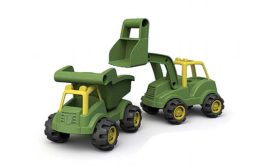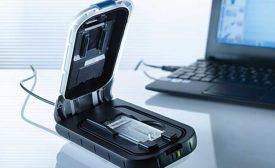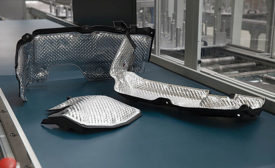Home » ultrasonic welding
Articles Tagged with ''ultrasonic welding''
Engineers don’t need to rethink traditional joining techniques
Read More
Assembly Methods for Bioplastics
Plastics made from plant-based materials are increasingly being used in a variety of applications.
February 5, 2018
Flexible Assembly Machine Combines Multiple Plastics Joining Processes
What if one machine could be configured to perform any friction-based welding process with a simple change of tooling?
September 12, 2017
Joining Wire to Small Metal Parts
State-of-the-art welding and soldering equipment ensure that wires are securely joined to terminals or other wires.
July 5, 2017
Assembling Thermoplastic Composites
Joining thermoplastic composites—either to each other or to other materials—can be challenging.
June 7, 2017
Plastics Assembly
Lasers, Hot Plates, Ultrasonics Among New Technologies for Joining Plastic Parts
March 17, 2017
Never miss the latest news and trends driving the manufacturing industry
Stay in the know on the latest assembly trends.
JOIN TODAY!Copyright ©2025. All Rights Reserved BNP Media.
Design, CMS, Hosting & Web Development :: ePublishing












